Sequels
Top 10 Best Video Game Sequels of All Time!
Movie sequels commonly receive criticism for being inferior to the original, but increasingly sophisticated technology makes it much easier for video game sequels to expand upon their predecessors. This list deals with video game sequels that exceeded everyone’s expectations or completely overshadowed the original games altogether. Uncharted, Mass Effect, and Assassin’s Creed all had sequels that received near-universal acclaim, but they didn’t necessarily improve upon their predecessors to the same degree that the games listed on this page. To keep things simple, I pretty much stuck to direct sequels and disregarded spinoffs, side-stories, or games that had nothing to do with the original. For example, Dune II is the most influential real-time strategy game of all time, but it was more of a rival Dune game than a proper sequel. Also, sequels making a transition to 3D have already gotten their own list so they won’t be mentioned here either.
Examples: The Empire Strikes Back, Terminator 2, Aliens
10
Donkey Kong Country 2: Diddy’s Kong Quest
1995
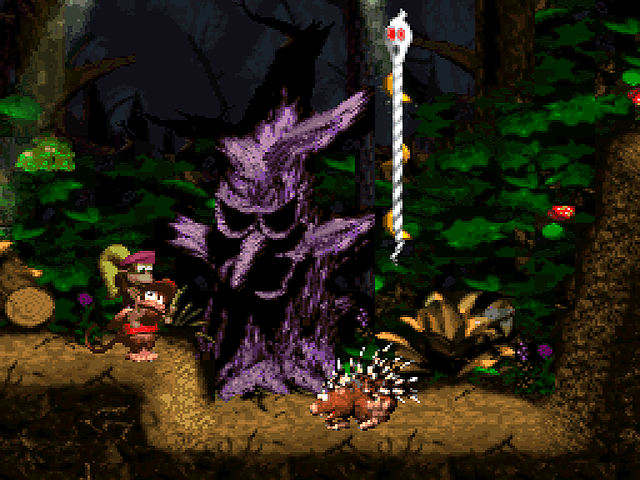
Donkey Kong Country was a technical marvel, and many critics openly questioned how its graphics were even possible on the SNES. Those who thought the original DKC pushed the console to its limits were proven wrong the following year when its sequel was released. The graphics were better, the music was improved, and the levels were more varied. Some stages played out like exciting chase scenes while others used environmental effects (like blowing winds or rising water levels) to keep things interesting. The most significant improvement was with respect to how fast the game played. In the first Donkey Kong Country, players assumed the roles of Donkey Kong and his nimble sidekick, Diddy. In the sequel, Donkey Kong was replaced by Diddy’s gal pal, Dixie. Dixie was considerably quicker than Donkey Kong ever was, and the result was a game that moved along at a faster rate than its predecessor did. Donkey Kong Country 2 improved upon the original in every conceivable way, and it’s the one game in the series that gives Mario a run for his money.
9
Mega Man 2
1988
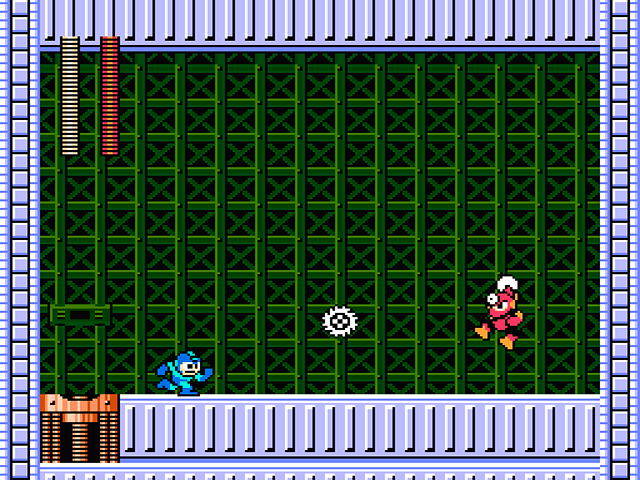
This game proves that developers don’t necessarily have to start from scratch in order to produce a good sequel. Mega Man 2 uses the same engine as the original, the same “defeat the boss and take his power” format, and even uses the same sprite for Mega Man himself. The game wasn’t especially revolutionary in any way, but everything was just “better” than the original. The level design was incredible, the robot masters were unforgettable, and the soundtrack is still one of the greatest of all time. Mega Man 2 stands as the best game in the series and is the definitive action game of the 8-bit era. Interestingly, Capcom didn’t have a lot of faith in the game and the sequel actually started as a rogue project. Since the original had not been successful enough to warrant a sequel, several developers had to spend their own time working on the game. Mega Man 2 easily eclipsed the popularity of the original and is still the best-selling game in the franchise. The original was awesome, but it was Mega Man 2 that made the series a hit.
8
Team Fortress 2
2007
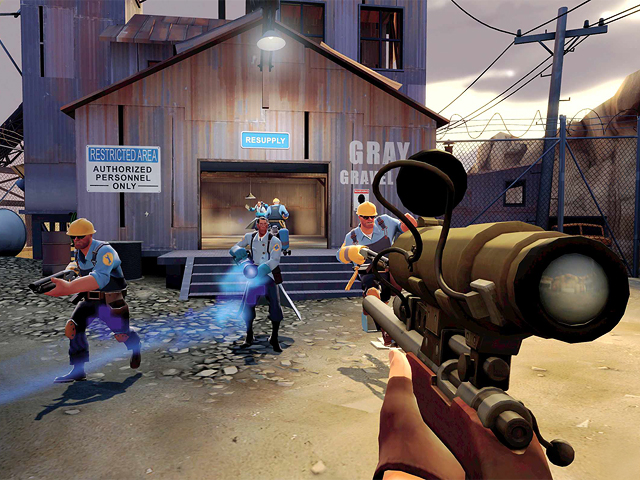
Team Fortress began its life in 1996 as a Quake mod before it was ported to Valve’s Half-Life engine a few years later as Team Fortress Classic. The game pit two teams against each other and gave players nine distinct classes to choose from. Naturally, each class had its own unique abilities. (For example; snipers could pick off their opponents from afar, medics could heal their teammates, and spies could sneak past enemy lines.) The various classes allowed for multiple gameplay styles to be used, and this made the game more approachable than most first-person shooters of the era were. The game amassed a loyal online following, but the sequel was up in the air for the better part of a decade. Valve first revealed Team Fortress 2 in 1999, but the game was delayed on multiple occasions and was seldom spoken of until it was finally re-introduced in 2006 with a brand new art style. Valve’s decision to abandon realistic graphics in favor of an exaggerated animated style helped further highlight the unique character classes and over-the-top gameplay. The concept and core mechanics were largely unchanged, but the new look made Team Fortress 2 even more approachable than its predecessor. Team Fortress 2 was finally released in 2007 (as part of The Orange Box compilation) and was instantly recognized as one of the best online games of its generation. Regular updates, new weapons, and a ridiculous number of hats kept players engaged in the game for years.
7
Just Cause 2
2010
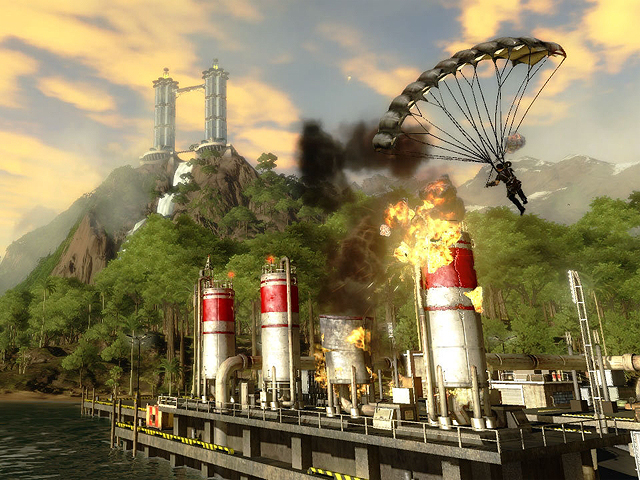
Just Cause was an open-world game that gave players a myriad of vehicles to control. The game didn’t worry too much about realism, and put a strong emphasis on extreme activities like skydiving, base jumping, and parasailing. Unfortunately, Just Cause ultimately felt like it was rushed to market before it was finished and was panned for its repetitive missions and game-killing bugs. The sequel was more refined and polished. The environments in Just Cause 2 were more interactive and seemingly every landmark could be destroyed. The game would basically allow for anything you’d see in a 1980s action movie. The biggest improvement was the inclusion of a grappling hook that made it faster and altogether more enjoyable to traverse through the game’s vast world. There were countless cars, boats, planes, helicopters, and motorcycles to drive, but the grappling hook stands as the greatest transportation method in the entire genre. Just Cause had sales in excess of a million copies, but the sequel saw six times the success. Numbers don’t lie.
6
Super Metroid
1994
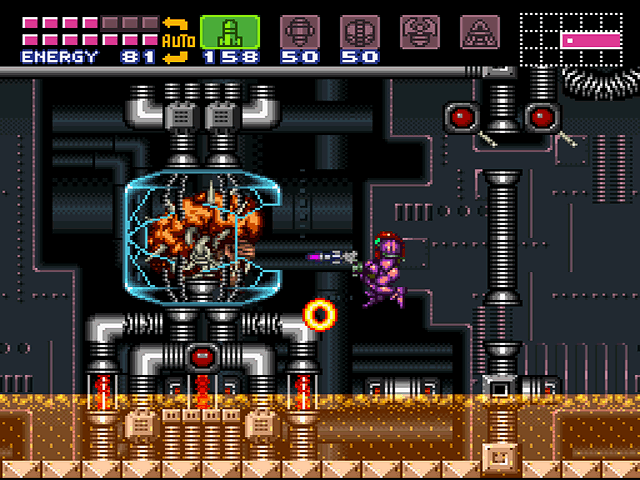
With better graphics, superior sound, larger areas to explore, more items to find, cooler power-ups to obtain, bigger enemies to destroy, and a deeper repertoire of moves at your disposal, Super Metroid essentially took everything that was great about the first two Metroid games and built upon it. Like its predecessors, Super Metroid provides the perfect balance of action and adventure and, once again, the gameplay revolves around gathering power-ups in order to access new areas. Many of these power-ups and areas were lifted directly out of the original game, and players even get to revisit areas from the first Metroid adventure. Even though the game uses the same formula that the original did, Super Metroid feels completely non-formulaic. The brilliant level design, subtle storyline, and stellar game mechanics help make Super Metroid one of the greatest games ever created. Super Metroid made it difficult to go back to the first two Metroid games.
5
Secret of Mana
1993
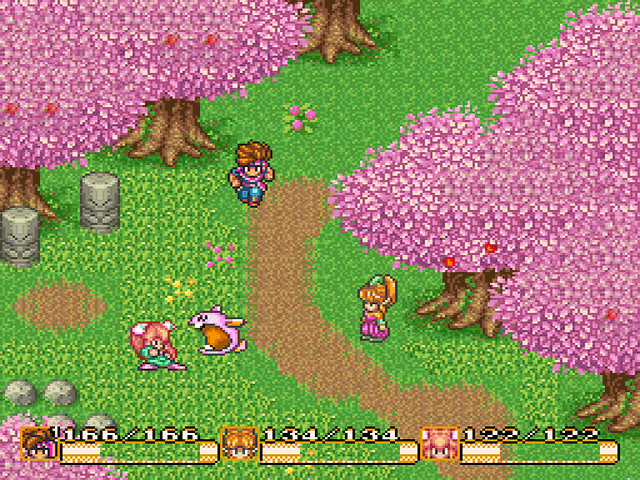
Some may not realize it, but Secret of Mana is actually the second installment in the Seiken Densetsu series. The first game in the series was released on the Game Boy in 1991 and is known to American gamers as Final Fantasy Adventure. Like the first Seiken Densetsu, Secret of Mana is a Zelda-inspired adventure game infused with traditional role-playing elements. Even though the original was outstanding in its own regard, the jump to the SNES helped define the series in many ways. The series was now alive with vibrant colors, and the environments boasted a level of detail that would not have been possible on the Game Boy’s tiny screen. The soundtrack was amazing as well, and the SNES was able to create a wide variety of atmospheric tunes. Obviously, the jump from the Game Boy to the television allowed for more characters to be displayed on screen, and Square took advantage of this with the inclusion of multiplayer support. Final Fantasy Adventure was a fine game, but Secret of Mana was a masterpiece.
4
The Legend of Zelda: A Link to the Past
1992
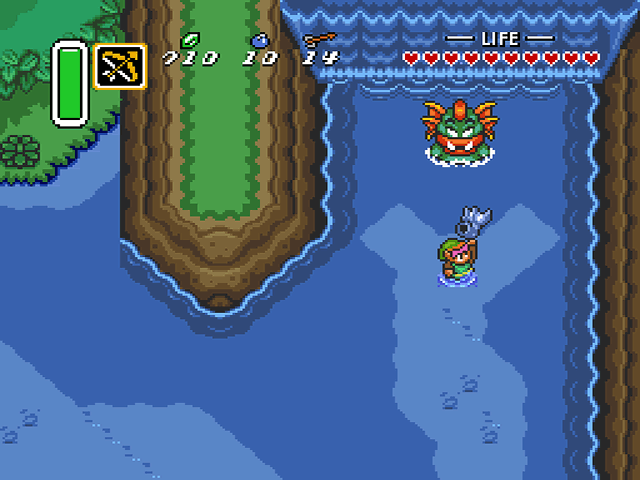
Nintendo deserves credit for trying something new, but Zelda II was perhaps too ambitious for its own good. The game took the series in a radical direction, with new side-scrolling action sequences phasing out the exploration-based gameplay of the original. The game wasn’t bad by any stretch of the imagination, but it still failed to capture the magic of the original. A Link to the Past was an appropriate name, as it took the series back to its beginnings. It marked the return of the overhead view, brought back special items, and put the emphasis back on exploration and puzzle solving. The game captured the atmosphere of the original and instilled the same sense of adventure. Unlike Zelda II, A Link to the Past was able to effectively build upon the elements that made the original so appealing in the first place. Decades later, A Link to the Past is still considered by many to be the best in the series.
3
Resident Evil 4
2005
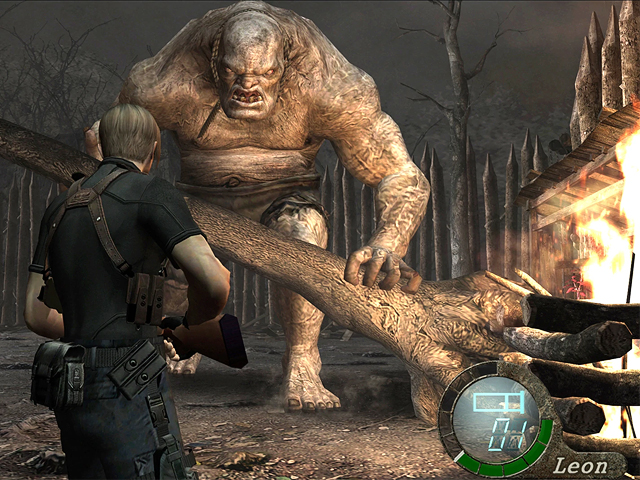
The original Resident Evil was one of the Playstation’s first killer apps and helped popularize the survival/horror genre. As incredible as the game was, it was already showing signs of age within months of its release. The “tank-like” controls felt outdated from the very beginning, and the series stubbornly stuck with a d-pad control scheme years after the rest of the industry had moved on. Thanks to solid level design, a compelling storyline, and a rabid fan base, the Resident Evil series was able to strive despite its shortcomings. Even longtime Resident Evil fans started to notice that the series was becoming stagnant and knew that a change was necessary. Resident Evil 4 reinvigorated the franchise and addressed nearly every complaint that the series had garnered. The static camera angles were replaced with a dynamic “over-the-shoulder” view, the lifeless backdrops were replaced by richly-detailed and highly-interactive 3D environments, and the archaic game mechanics were redesigned in order to incorporate fast-paced action sequences. Additionally, the aiming system was given a complete overhaul and it was actually fun to manage your inventory. Resident Evil 4 is the best game in the series by a considerable margin.
2
Super Mario Bros. 3
1988
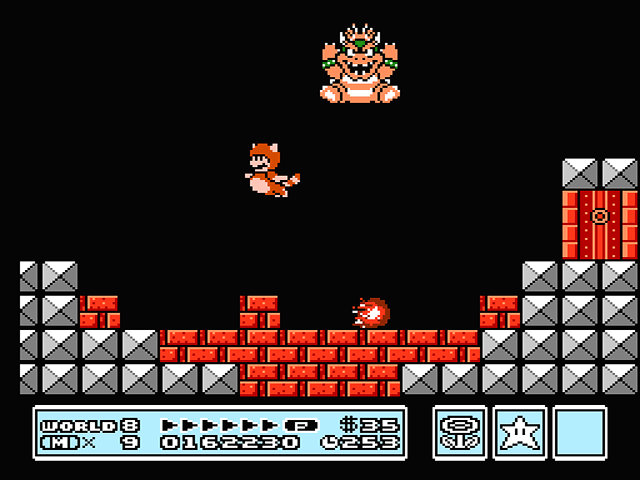
Super Mario Bros. was arguably the most important video game of all time. From a creative standpoint, it represented a quantum leap for game design. Commercially speaking, Super Mario Bros. helped bring the video game industry back from the dead. Unfortunately, its sequel failed to innovate, and was essentially designed to challenge those that mastered the first game. The result was a game that wasn’t nearly as fun as the original. Nintendo decided to leave Super Mario Bros. 2 in Japan, and gave one of their other games a “Mario makeover” for the benefit of gamers in the West. The Super Mario Bros. 2 that was released in North America was originally released as Doki Doki Panic in Japan. The game, while still awesome in its own right, was not a “real” Mario game and left many fans disappointed. Thankfully, Super Mario Bros. 3 was designed from the ground up and re-introduced the elements that made the original so successful. It had super mushrooms, fire flowers, coins, breakable bricks, warp pipes, and enemies that died when you jumped on them. It was just like the original, only much, much better. It had more items, more levels, more enemies, more variety, and it still stands as one of the best Mario games ever created. It was everything a sequel should be.
1
Street Fighter II
1991
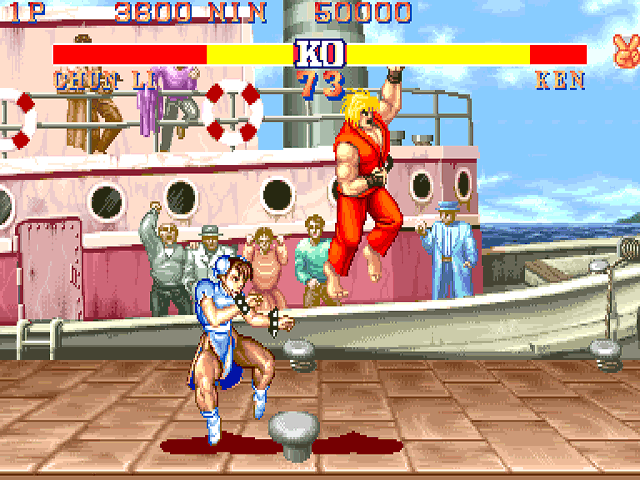
The original Street Fighter was mediocre at best, but its sequel was one of the most influential games of its era and shaped the entire industry. Not only does Street Fighter II deserve credit for launching the fighting genre, but it was also largely responsible for revitalizing the arcade scene. The game completely refined the rudimentary game mechanics of the original and set a new standard for fighting games. Street Fighter II had a variety of fighters to choose from, a unique six-button layout, special moves that required specific joystick motions, superb hit detection and – perhaps most importantly – the ability to execute combination attacks by chaining your moves together. There was oceanic depth to the gameplay, and the heavy emphasis on timing and technique made it a highly-competitive game with almost unlimited replay value. Street Fighter II‘s influence can be seen in every successful fighting game that followed. You’d be hard pressed to find a sequel that makes it’s predecessor seem as irrelevant as Street Fighter II did.

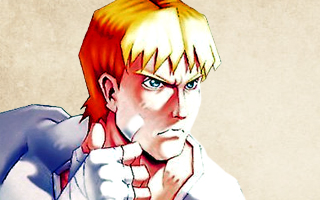
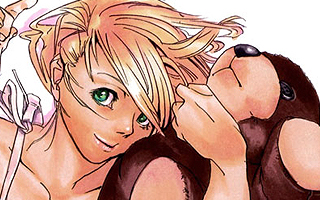
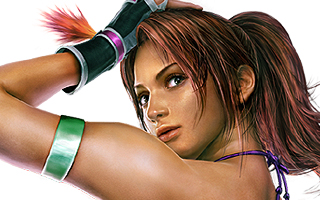
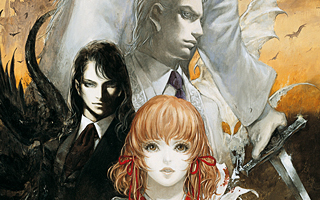
Do you agree with this list? Let us know what you think by leaving a comment below. Your opinion matters!